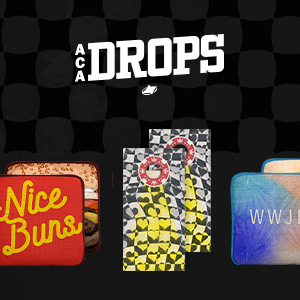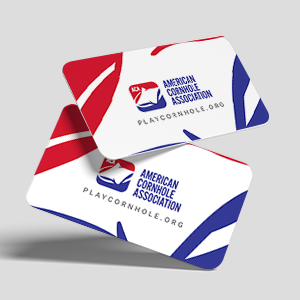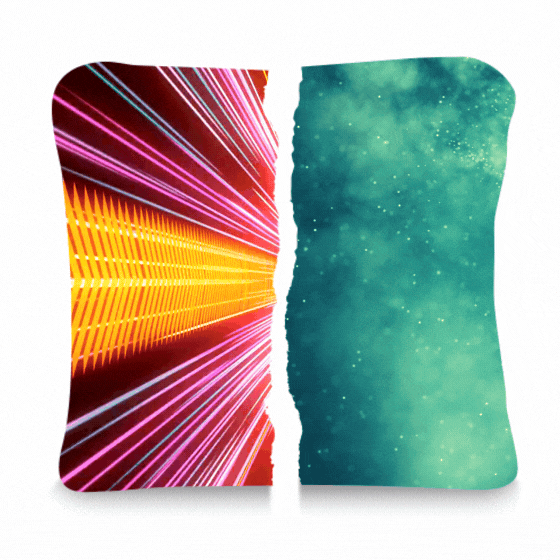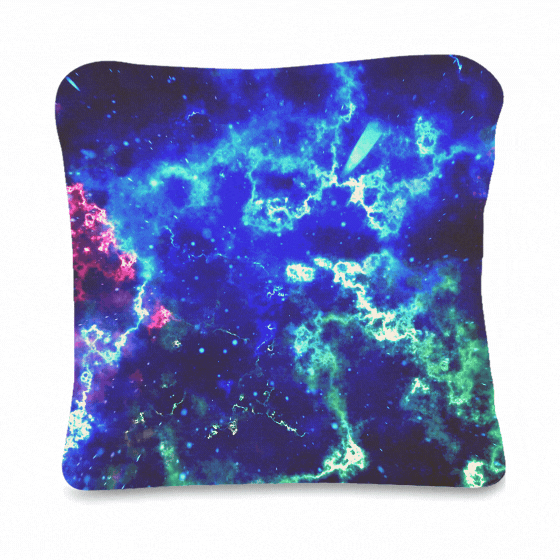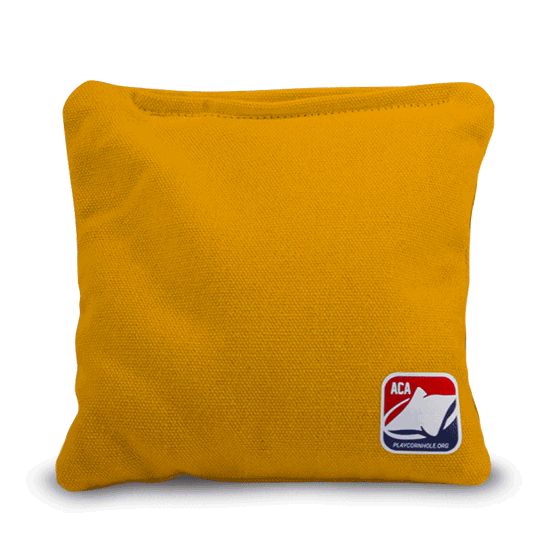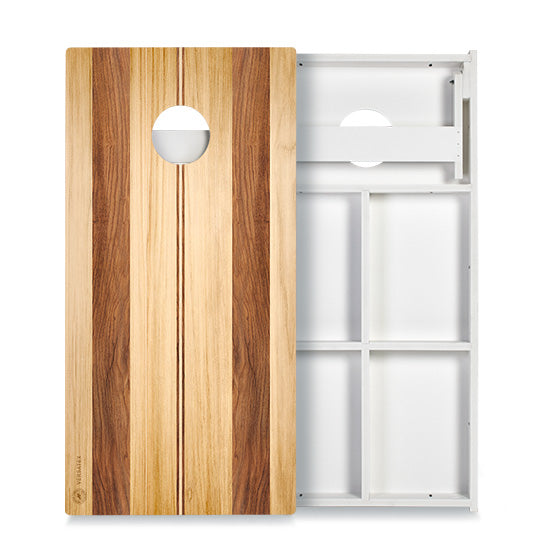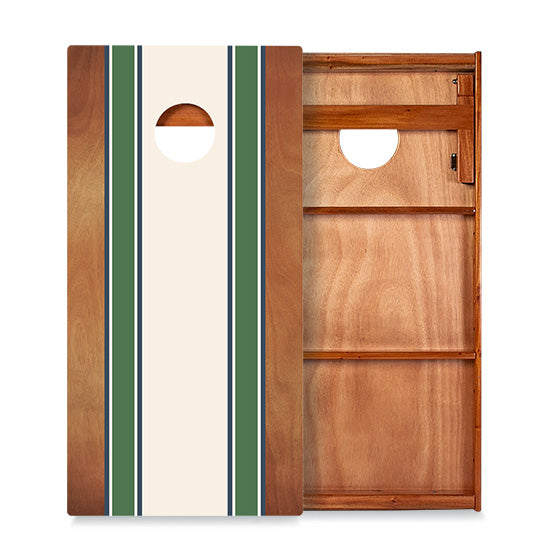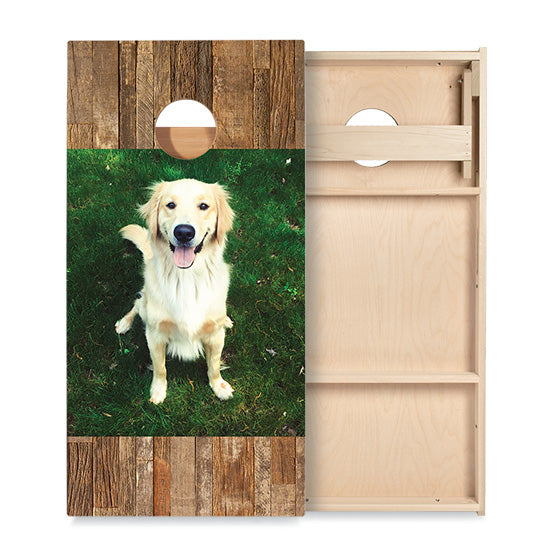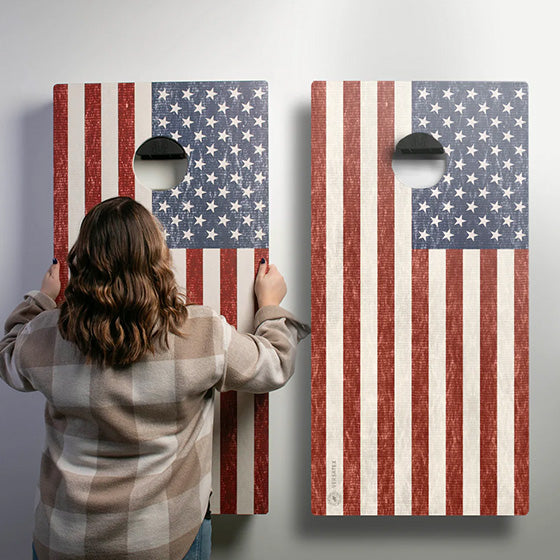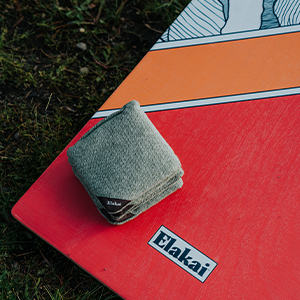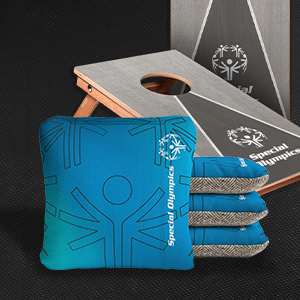Why Do My Bags Bounce on My Cornhole Board?
You line up the perfect shot, release your bag, and bam — it hits the board and bounces off like a rubber ball. Sound familiar?
Bag bounce is one of the most common frustrations in cornhole, but it’s also one of the easiest to fix once you understand what’s causing it.
Let’s break down the main culprits — and how to smooth things out for a better, more consistent game.
1. It Starts With the Board
If your board isn’t made with high-quality materials or proper support, bounce is inevitable.
A bag’s reaction depends heavily on how solid and stable your cornhole board is — and not all boards are created equal.
- Use a High-Quality Board: Cheap or thin boards flex under impact. The easiest fix? Stick with ACA regulation cornhole boards, built to competition standards for consistent play.
- Thick Playing Surface: The thicker the board surface, the less flex and bounce you’ll see. Thin surfaces tend to vibrate and lift on impact. Shop ACA-regulated boards to ensure your setup meets official specs.
- Support Back Braces: A solid frame and multiple braces underneath minimize vibration and movement when a bag lands.
Investing in a sturdy, ACA-approved board makes a huge difference in play consistency and bag reaction.
ACA Board Recommendations for Minimal Bounce
Here are some of the top-performing ACA cornhole boards that deliver smooth, stable play with minimal bag bounce:
🏅 Gold Series – $$$
- Thickness: 5/8-inch
- Material: Grade A Plywood
- Bracing: Quad Grid Bracing for no bounce
🔥 Versatex Board – $$$
- Thickness: 3/4-inch
- Material: Versatex PVC
- Bracing: Quad Grid Bracing for no bounce
🥈 Silver Series – $$
- Thickness: 5/8-inch
- Material: Grade A Plywood
- Bracing: Double Bracing for reduced bounce
⭐ Star Board – $
- Thickness: 1/2-inch
- Material: Baltic Birch Plywood
- Bracing: Double Bracing for reduced bounce
2. Your Bags Matter More Than You Think
Bags aren’t just bags — their fill, fabric, and break-in level all play a major role in how they land and behave on the board. If your bags are bouncing, it might be because of what’s inside (or how stiff they are).
-
Overfilled Bags: Bags that are packed too tightly don’t flatten out on impact — they rebound. A slightly looser fill allows the bag to hit the board, spread, and stick.
Using regulation-size ACA bags ensures consistent weight, quality, and fill for a smooth, reliable throw every time. - Materials Play a Role: Some fabrics are slicker and more prone to bounce. Try a bag with a grippy side, or even better, a dual-fabric cornhole bag that combines a grip side and a fast side.
- Check out the ACA Synergy Series Line — the grip side is engineered to grab the board and reduce unwanted bounce, while the fast side glides smoothly when you need it to.
- Broken-In Bags: A broken-in bag equals a more controlled throw. If you don’t want to wait through the break-in process, try the ACA Synergy Soft Bags, which come pre-broken-in and game-ready right out of the box.
The right bag can make your throws smoother, more predictable, and more accurate — especially when paired with a high-quality ACA board.
ACA Bag Recommendations for Minimal Bounce
🎯 Synergy Series Dual-Sided Bags
- Playability: Not fully broken in right out of the box
- Material: Dual-sided construction featuring microsuede (slow side) and poly turbo (fast side).
- Playability: Broken in right out of the box — truly game-ready from day one.
- Material: Dual-sided construction featuring microsuede (slow side) and herringbone wool (fast side).
- Playability: Not fully broken in right out of the box
- Material: Dual-sided construction featuring microsuede (slow side) and poly turbo (fast side).
3. Master Your Throw Technique
Even with the perfect setup, technique matters. How your bag hits the board depends on your throw angle and spin.
- Flat Throws: Bags that hit the board squarely tend to bounce.
- Higher Arc and Smooth Spin: A gentle arc with a controlled spin helps the bag land softer and stay put.
- Practice Gentle Arcs: Focus on throwing with a slight upward arc and consistent rotation instead of line drives.
- Watch the Pros: Study slow-motion videos of top cornhole players to see how their bags land flat and settle softly.
Small tweaks to your form can significantly reduce bounce and give you better control over every throw.
✅ Final Thoughts
If your cornhole bags are bouncing, it’s usually a mix of board quality, bag design, and throwing technique. Start by checking your equipment, switch to bags built for better grip, and refine your form.
With the right setup and a little practice, your bags will start sticking where they land — and your scores will start climbing!


